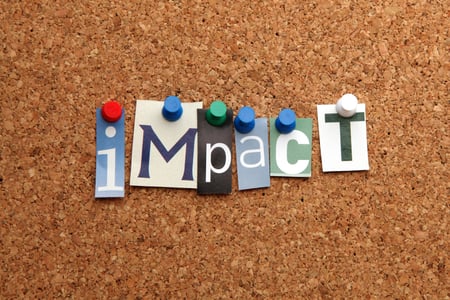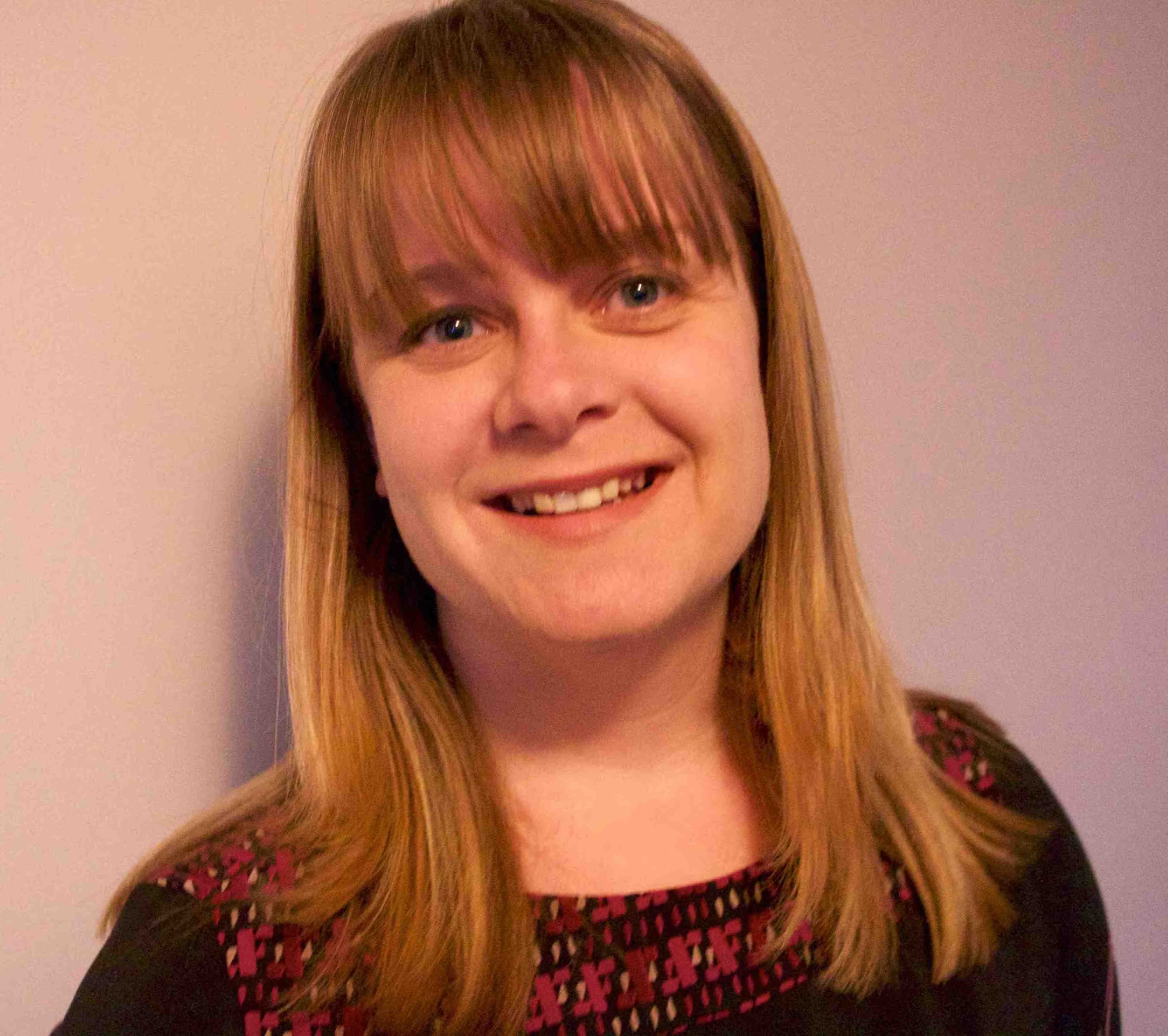A blog by Mette Margarethe Elf, originally published on http://mindblog.dk.
“'Collective Impact'? That will be something about partnerships and wider collaborations won’t it? We’ve been doing that here for years and years.” You may well be thinking along those lines, when you (like plenty of other people these days) hear about this term; Collective Impact. It is a way of working that has spread like wildfire over the last couple of years, especially in the USA where funds, public organisations and NGOs who are working with complex challenges facing society, have acknowledged that they unable to lift the burden alone.
 If you are thinking “did it, done it” or (maybe) ”doing it”, then also respond affirmatively that your partnership or wider collaboration does actually:
If you are thinking “did it, done it” or (maybe) ”doing it”, then also respond affirmatively that your partnership or wider collaboration does actually:
- Set common and measurable goals in relation to what you want to achieve or change, and with a long-term perspective in mind.
- Find mutual common agreement as to how to gauge the means by which you will create change and on a joint monitoring system to ensure progression and learning
- Combine to establish a common and binding plan of action which means that the parties prioritise the investment of resources to achieve the common goal in their daily work
If you agree to be part of a Collective Impact programme, you are indeed entering into a rather demanding and committed form of partnership. On the other hand, it seems to achieve results in areas where it is usually incredibly difficult to achieve successful change at society level. We are talking about measurable results in areas such as the reduction of obesity in children, helping mentally vulnerable or disabled people to become part of the labour market better [1]grades and educational statistics among youngsters transversal to social environments. [2]These examples are mainly from the USA, but are also beginning to appear in other countries around the world. Likewise, organisations like the UN are achieving good results. [3]
In other words, there is good reason why there is a buzz about Collective Impact in circles that are affected by the ambition and expectation of actually trying to solve some of the Gordian knots that society presents.
Collective Impact has recently arrived in Denmark. Few are working systematically with this form of working. At Realdania, we have just launched three Collective Impact groups and are thereby getting a grip on this new way of working, as part of the association’s problem-driven philanthropic work.
In specific terms, Realdania is making a working platform available for the three Collective Impact groups. Each group will each have its own secretarial department to support the work by completing such tasks as collecting and producing relevant data, which is another key feature of Collective Impact. It is very much based on knowledge. Knowledge is the basis for action. Collective Impact groups are not think tanks. They are action groups. Therefore, it is the decision makers who are also seated at the table, so they can act in unison, with a focus on common goals.
Realdania is funding the working platform, but is otherwise engaged as an equal partner among the range of other stakeholders in the groups. This arm’s-length approach is important. The parties must set aside their own exclusive agendas, for the benefit of going for a common goal. An independent chairman for each Collective Impact Group is in charge of the joint tasks which deal with subjects concerning 1) the living built heritage in the rural areas, 2) the potentials of outlying rural areas and the open land, and 3) social issues in relation to the built environment.
The initiative is brand new, but there is a great deal of interest, fortunately. But probably no coincidence. At a time when there is noticeable pressure that is the result of complex challenges to society, the demand for new ways of thinking and a public economic framework that is in decline, Collective Impact is perfectly timed as a working form. Whether we are able to translate the working method to actual results in a Danish context remains to be seen, but is definitely worth a try.
PS if you thought “yes, actually that is what we do” about the three requirements for common goals, gauging techniques and binding action plan, please call me, or write. We are very happy to learn from good experiences.
Mette Margrethe Elf is Head of Collective Impact at Realdania and member of MindLab’s Advisory Board
[1] http://svaconsultingquarterly.com/2013/02/19/foundations-collective-impact-solving-unemployment/
[2] http://www.ssireview.org/articles/entry/collective_impact
[3] See cases at http://collectiveimpactforum.org/





